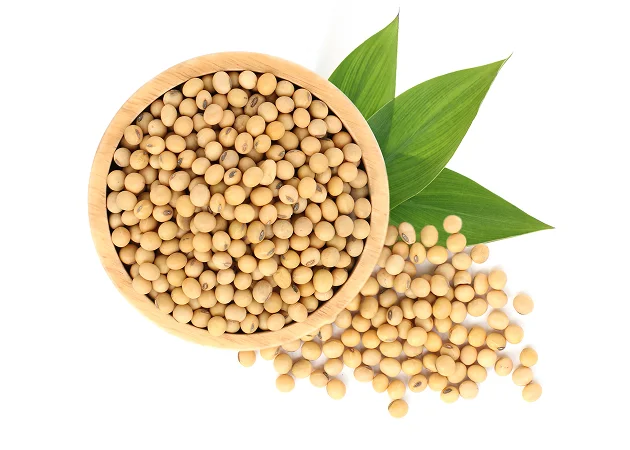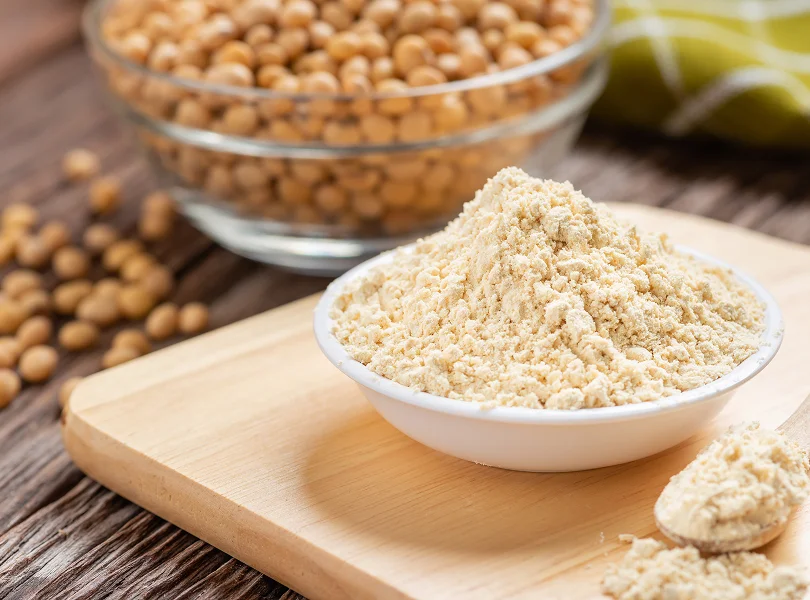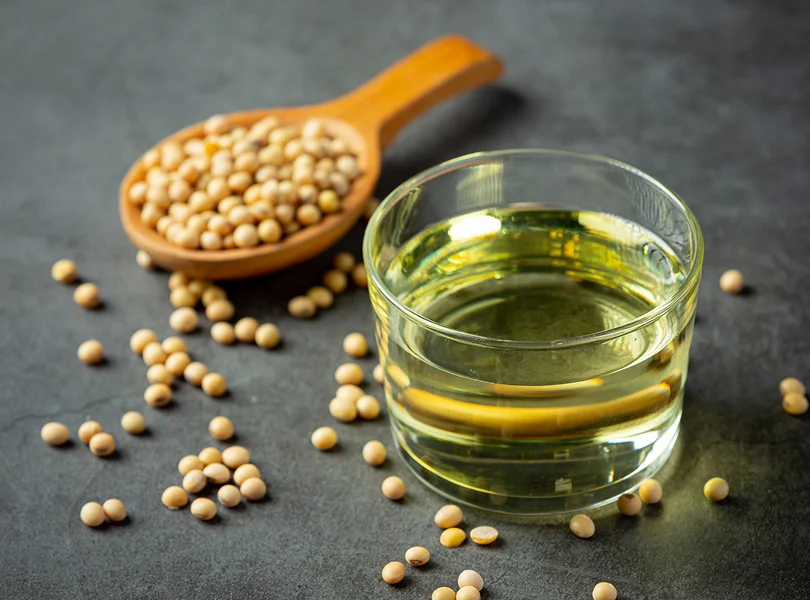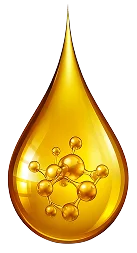
Flash de-solventization system

De-solventization using a rotary tube bundle drier

De-solventization in a conventional de-solventizer

Toaster without injecting direct steam

Soya Bean Solution
Extraction Solutions for Lecithin, Flour, and Protein
Our innately driven innovative processes, and high-performance solutions for the soybean industry, are structured and exclusively designed to modernize processing and maximize output to our credit. Through the integration of groundbreaking technology, we redefine soybean extraction and production. Attaining unparalleled precision coupled with productive operation boosts operational efficiency at every stage. Staying ahead of industry trends and catering to the rising demand for high-quality soy-based products for sustainable and high-quality soy-based products speaks well of us for our credible and upgraded functioning.

Soya Derivatives
Soya Lecithin
Crude water-degummed soya gums are the ideal feedstock for producing edible-grade lecithin. These crude gums, collected from soya refineries, are dehydrated to produce soya lecithin.
A thin film evaporator, also known as a wiped film turbo drier, is the most suitable equipment for this application. Crude lecithin is initially heated to 55-60°C before being fed into the evaporator, where water is removed under vacuum. The dehydrated lecithin is then cooled and bleached as per final specifications.
Soya Flour
Soya white flakes are first stored in a holding bin before being ground to a suitable mesh size, up to approximately 100 mesh. The holding bin ensures a continuous flow to the air classifying mill, passing through a quick-cleaning magnetic separator. It is equipped with an inlet rotary valve, stainless steel screen, and a reverse jet filter with a rotary valve at the discharge for collecting the ground material of the desired size.
The reverse jet filter, supported by a centrifugal fan and air compressor, facilitates material transportation from the air classifying mill and ensures regular cleaning of the filter bags. The ground material is then discharged through a rotary airlock valve and fed into a bagging machine for packaging in preset weighed quantities.
Plant and Machinery for Soya Derivatives
We provide machineries for processing soya derivatives, known for their high protein content. The production process utilizes high-protein meal, which is obtained by de-hulling soya seeds during the preparatory stage.
High-protein meal is produced by de-solventizing the extracted marc without direct steam, using one of the following methods:
Soya protein concentrate, soya protein isolate, and soya flour are some of the key soya derivatives in high demand. Additionally, we offer plants for soya lecithin drying and defatting. We have the technology to supply plant and machinery for producing all these products.
Applications of Soya Derivatives
Soya derivatives are widely used in various products, including: Bulking agents, Chewing gum, Baby formulas, Canned tuna, and Vegetarian protein sources.
For more information, please refer to our catalog or contact us

Soya Protein Concentrate
The process of producing soya protein concentrate is similar to the solvent extraction of oil-bearing material. However, in this case, ethyl alcohol is used as the solvent to extract carbohydrates from the high-protein meal. The separation of carbohydrates and protein during extraction enhances the protein content in the extracted meal to approximately 65-67%.
The mixture of alcohol and carbohydrates (miscella) is distilled to recover and recycle the alcohol. The remaining whey, rich in sugars, is similar to molasses in the sugar industry and is used as a binding agent in the pelletization of de-oiled meal or as an ingredient in feed manufacturing units.
Solvent-wet solids, which form the soya protein concentrate, are transferred via a gas-tight conveyor to a rotary tube bundle dryer for de-solventization, ensuring no direct steam contact. Alternatively, flash de-solventization can be used for this process.
Once de-solventized, the soya protein concentrate is cooled and sent for packaging or used as raw material in the textured soya protein section.
CAPACITY AVAILABLE: 15-100 MT OF WHITE FLAKES INPUT

Soya Protein Isolate
Defatted soya meal white flakes are washed thoroughly with an alkali solution to extract quality protein. The extracted protein marc is pressed to remove surplus water, and it is then dried using an extruder drier to make it suitable for cattle feed.
The alkali solution, which contains soya protein isolate with traces of suspended solids, is driven into an extract buffer tank through a set of hydro cyclones that act as principal fine separators.
The extract buffer tank, in turn, feeds the alkaline protein solution to a clarifier, which is a PLC-controlled plate and frame filter press capable of filtering the liquid down to 45-micron size.
The filtered pure and clear liquid is collected in a buffer tank, and the filter cake is collected in a solid discharge hopper before being transported to the dewatering press.
The clarified liquid is then concentrated using an ultra-filtration (U/F) concentrator, consisting of micronic filters and multiple membrane stages, one for pre-concentration and another for diafiltration.
The concentrated liquid from the U/F concentrator is stored in a protein solution tank before being processed through a spray drier and agglomerator through a homogenizer.
Once dried, the final soya protein isolate product is collected in a hopper for further packaging.
CAPACITY AVAILABLE: 15-70 MT OF WHITE FLAKES INPUT
Looking to increase your oil extraction operations? Contact us immediately to discuss your project expressing your concerns and apprehensions. We will solve each one of them. clearing your way. Join the elite engineering group to witness what we speak and let us deliver innovative, high-performance solutions tailored to your needs.

